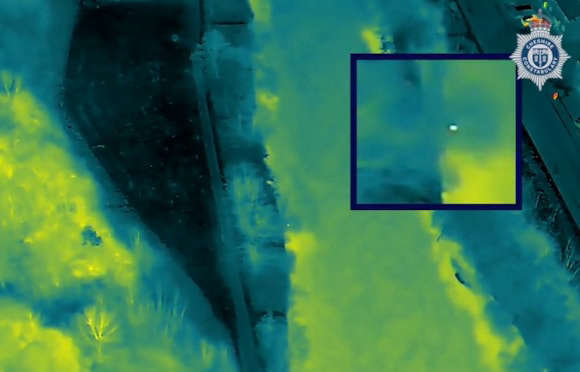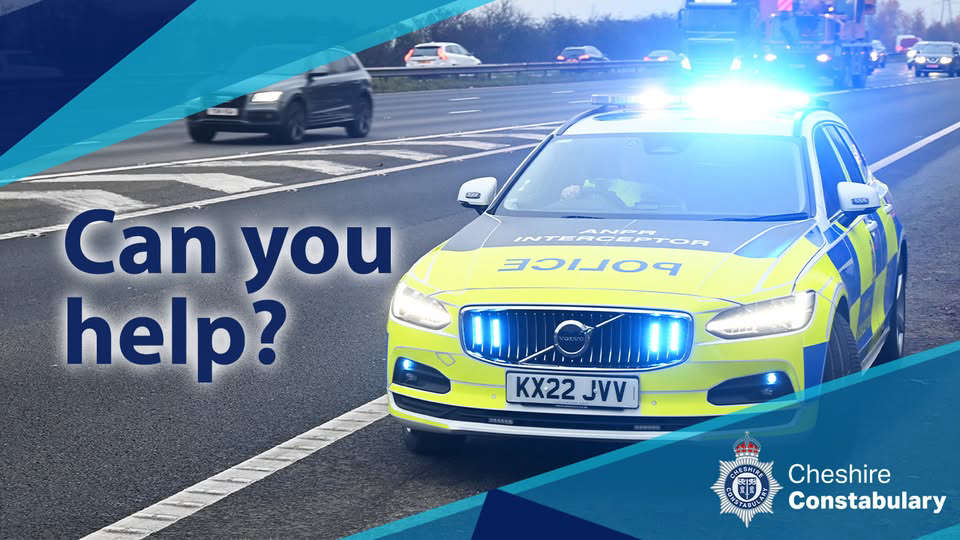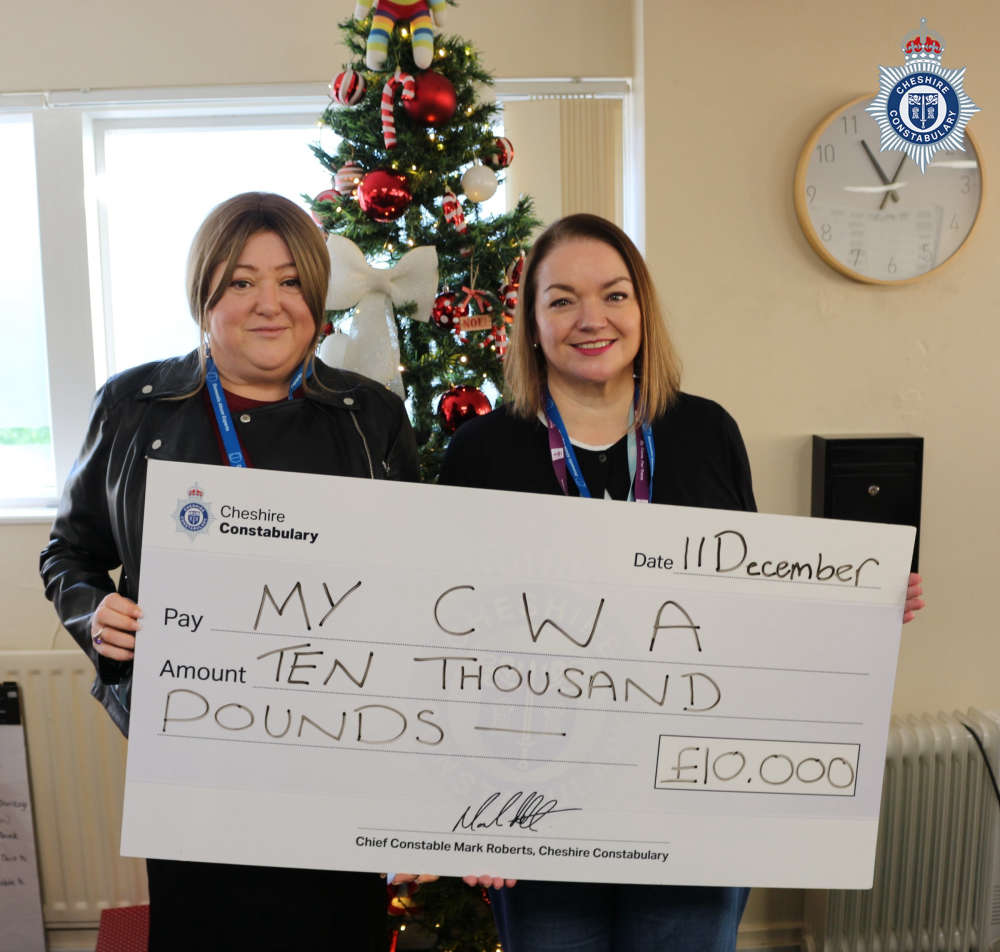
Skin disorder specialists at Mid Cheshire Hospitals are tackling myths and more as part of National Sun Awareness Week.
The Dermatology Team at Leighton Hospital have organised a series of events and initiatives to raise awareness of sun safety and encourage people to spot the signs of skin cancer. This includes:
- Crewe parkrun event: A stand at the parkrun - Queens Park, Victoria Avenue, Crewe - which starts at 9am on Saturday, 11 May, with information on safety tips and how to spot skin cancer warning signs.
- Debunking myths: Follow the Trust’s social media channels - @MidCheshireNHS - for valuable insights as experts release videos discussing common myths surrounding sun exposure.
- Mole check drop-in service for Mid Cheshire Hospitals staff: In June, the Trust is offering a mole check service for its staff, so colleagues can discuss skin cancer queries and have skin lesions / moles looked at.
As part of the awareness week, the Dermatology team also welcomed Dr Kieran Mullan, MP for Crewe and Nantwich, to the Satellite Outpatients unit at Leighton Hospital.
They gave him a tour of the facilities and discussed the importance of their sun safety messages.
The team also held a stall at the Crossroads, Leighton Hospital, on Monday, 29 April.
The British Association of Dermatologists’ runs the annual Sun Awareness Week campaign, which this year takes place from 6 to 12 May.
It encourages people to take proactive steps to protect their skin from the harmful effects of the sun.
The week also raises awareness of skin cancer, including non-melanoma skin cancer (NMSC) which is currently the most common type of cancer in the UK.
Julia Brockley, Consultant Dermatologist at Leighton Hospital, said: “The good news is that the majority of skin cancers are preventable with simple sun safety measures.
“It’s really important that people understand the myths and the facts involved in sun awareness, which is why we’re trying to spread these key messages. Knowledge is power and by dispelling misconceptions, we empower ourselves and others to make informed decisions.
“It’s also vital that we’re all aware of the warning signs of skin cancer. Early detection is key. If in doubt, get it checked out. If there's any concern, rest assured that we'll facilitate further assessments promptly.”
Sun safety tips
Spend time in the shade when the sun is strongest. In the UK, this is between 11am and 3pm from March to October.
Make sure you:
- spend time in the shade between 11am and 3pm;
- never burn;
- cover up with suitable clothing and sunglasses;
- take extra care with children;
- use at least factor 30 sunscreen.
For more information, visit:
https://www.nhs.uk/live-well/seasonal-health/sunscreen-and-sun-safety/
Skin cancer warning signs
Non-melanoma skin cancer - see a GP if:
- You have a growth on your skin that's getting bigger or has changed colour or texture;
- You have a growth or area of skin that hurts, itches, bleeds, crusts or scabs for more than four weeks.
Finding non-melanoma skin cancer early can mean it's easier to treat.
Find out more here.
Melanoma skin cancer – see a GP if:
- You have a mole that's changed size, shape or colour
- You have a mole that's painful or itchy
- You have a mole that's inflamed, bleeding or crusty
- You have a new or unusual mark on your skin that has not gone away after a few weeks
- You have a dark area under a nail that has not been caused by an injury
Finding a melanoma as early as possible can mean it's easier to treat.
Find out more here.
Five sun safety myths
Myth #1: I can’t get sunburnt on cloudy days
Not true! Skin-damaging UV rays can pass through clouds. So, check the UV index even if it’s cloudy outside. Remember, if it’s 3 (moderate) or above, the sun can be strong enough to cause sunburn, even if it’s cloudy, especially in people who burn easily and/or have a lighter skin tone.
Myth #2: More expensive sunscreens provide better protection
Not true! The most important thing is actually the SPF and star rating, rather than price or brand.
Myth #3: The SPF in my makeup is enough
Not true! Even if your makeup label claims to offer sun protection, you’d need to apply several times the normal amount of foundation to get even close to the level of protection stated on the label. You’re also highly unlikely to reapply makeup regularly throughout the day or apply it to all areas, which is required to keep protected. So, if the weather means you need sunscreen on your face – sunscreen is the only thing that will do! Makeup or moisturiser with SPF won’t be enough to protect you from harmful UV rays.
Myth #4: You can’t get sun damage through glass
Not true! Indoors you’re mostly protected from sunburn (caused by UVB rays), but UVA rays which penetrate deeper into the skin can pass through glass. So if you spend lots of time doing something like driving or sitting in a conservatory when the sun is strong, then long-term you might be at risk of skin damage from UVA rays. If you’re stuck by the window, protect your skin with clothes, a hat and UV-protection sunglasses. In the UK, the star rating on sunscreen bottles indicates the level of UVA protection given by the product, so also make sure to pick a sunscreen with 4 or more stars. Or look for the letters ‘UVA’ in a circle if you can’t see a star rating.
Myth #5: The sun is strongest when it’s hottest
Surprisingly, not necessarily. UV rays from the sun cause the skin damage that can lead to cancer, but UV rays aren’t hot and you can’t feel them. The heat of the sun comes from a different type of ray, called infrared. UV rays are strongest when the sun is highest in the sky, which in the UK summer is between 11am and 3pm, although it can be different in other countries. The UV index tells us how strong the sun’s UV rays are. You can find out the UV index on most weather forecasts, your phone weather app or the Met Office website.
Source: Cancer Research UK’s ‘13 Myths about sun safety debunked’ – click here.
Pictured - Dr Kieran Mullan, MP for Crewe and Nantwich, with the team at the Satellite Outpatients unit, Leighton Hospital.


 Have your two and three year olds flu vaccinated now
Have your two and three year olds flu vaccinated now
 Man convicted of sexually assaulting a woman in Winsford
Man convicted of sexually assaulting a woman in Winsford
 Warning issued following reports of a potential car meet in Alderley Edge
Warning issued following reports of a potential car meet in Alderley Edge
 Constabulary's Drone Unit assist in rescuing man from River Weaver
Constabulary's Drone Unit assist in rescuing man from River Weaver
 Appeal for information following indecent exposure in Macclesfield
Appeal for information following indecent exposure in Macclesfield
 Macclesfield player Ethan McLeod passes away after car accident
Macclesfield player Ethan McLeod passes away after car accident
 50,000 illegal cigarettes seized, shops closed and arrests made during immigration crime operation
50,000 illegal cigarettes seized, shops closed and arrests made during immigration crime operation
 Council confirms new three-year provision to strengthen domestic abuse support
Council confirms new three-year provision to strengthen domestic abuse support
 North Wales storage firm helps Crewe food bank meet soaring need
North Wales storage firm helps Crewe food bank meet soaring need
 BUXTON OPERA HOUSE ANNOUNCES SLEEPING BEAUTY AS ITS 2026 PANTOMIME
BUXTON OPERA HOUSE ANNOUNCES SLEEPING BEAUTY AS ITS 2026 PANTOMIME
 A message from the Cheshire Police and Crime Commissioner
A message from the Cheshire Police and Crime Commissioner
 Context partners with local disabled children’s charity Friends for Leisure
Context partners with local disabled children’s charity Friends for Leisure
 My CWA awarded £10,000 as part of Constabulary’s Christmas charity initiative
My CWA awarded £10,000 as part of Constabulary’s Christmas charity initiative
 Santa’s Reindeer Bring Christmas Magic to Beech Hall School
Santa’s Reindeer Bring Christmas Magic to Beech Hall School
 Local health and care leaders urge eligible residents to get their flu jab
Local health and care leaders urge eligible residents to get their flu jab
 Cheshire East becomes North West’s only authority to improve Active Travel rating
Cheshire East becomes North West’s only authority to improve Active Travel rating
 Changes to bin collections announced for over festive period
Changes to bin collections announced for over festive period
 Generous contractors donate Christmas tree to Macclesfield Hospital
Generous contractors donate Christmas tree to Macclesfield Hospital
 World of Wedgwood to Feature on Celebrity MasterChef
World of Wedgwood to Feature on Celebrity MasterChef


Comments
Add a comment